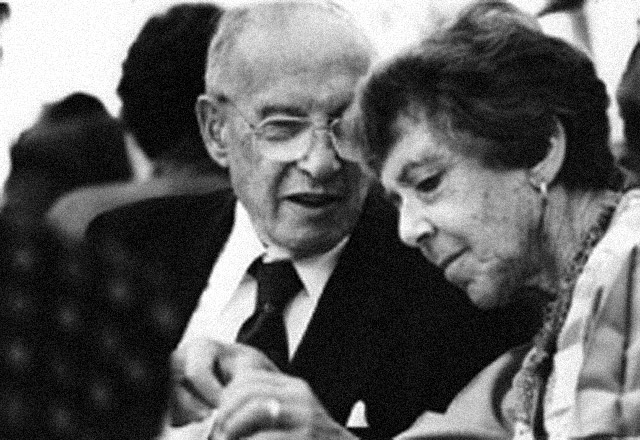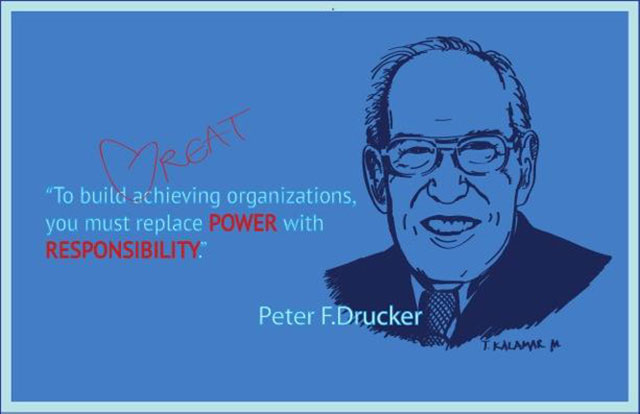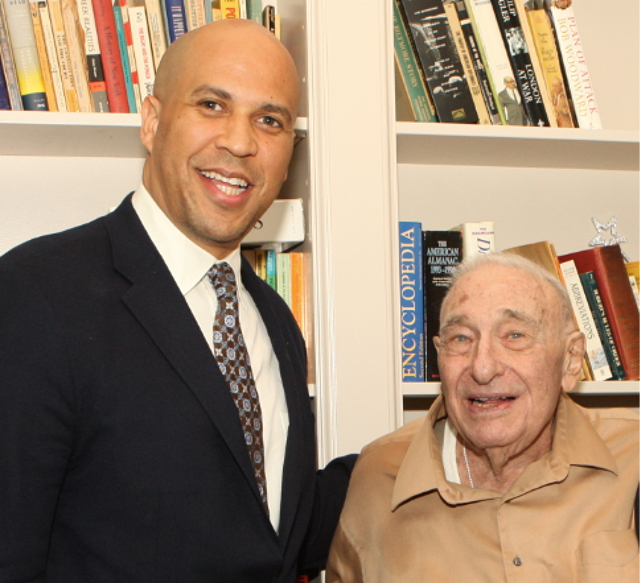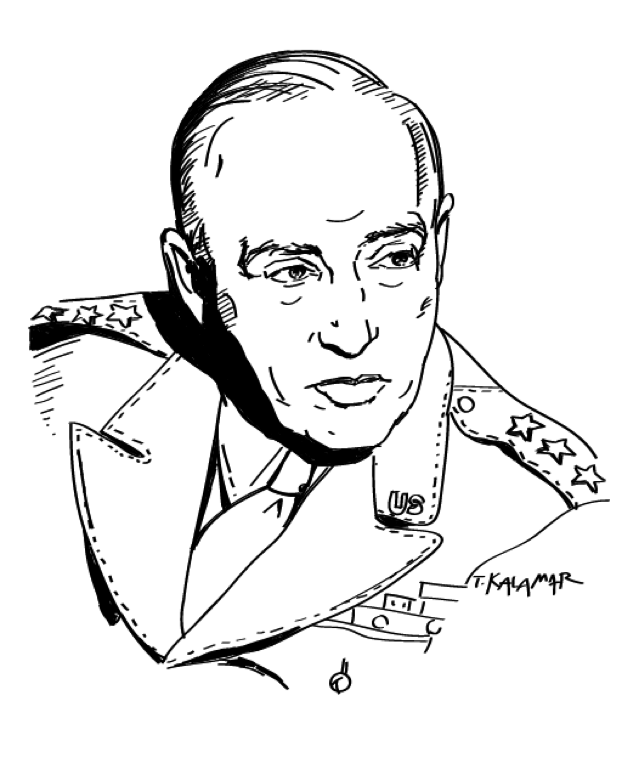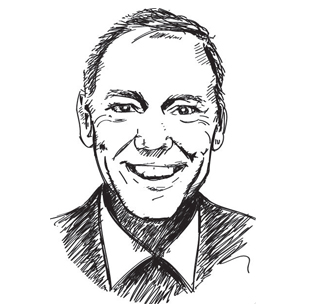
When Alan Mulally took over Ford Motor Company in 2006, it was a struggling American icon, a once-great organization that had for too long been living in the past, coasting on its reputation, and avoiding realities.
At its core, this was an organization constrained by bureaucracy and bad habits. Mulally’s leadership transformed Ford’s culture, enabling it to not only pull itself out of the mud but to get back on the road and take off.
How did he do it? Whether he realized it or not, Alan Mulally employed and fostered the 6Cs in his leadership:
- Returning to the founding values. Mulally restored the values—watered down by previous chief executives—that had made Ford a trailblazer in its early years. This created a basis for fresh, purposeful, and honest collaboration.
- Making Ford “one” company. Tearing down Ford’s independent, isolated functional silos helped set the stage for dialogue and open communications.
- De-bureaucratizing through accountability. He recognized that bureaucracy-driven paralysis was a barrier to employee confidence and critical thinking that had to be removed.
- Rewriting the model for Ford’s way of doing business. The old model passively relied on relating to customers through brands and dealers; the new model actively connects employees to customers—building on content to drive creative innovation delivering the very best cars to customers.
Mulally and Ford: The stories and the challenges
In 2006, when Bill Ford tapped Alan Mulally to be his company’s CEO, Ford was looking for an outsider who would challenge the way things had always been done. Ford was losing nearly $6 billion a quarter. Its debt had been classified as junk; analysts whispered about bankruptcy.
After his first day at Ford, Mulally wrote, “We just need to act on the reality. Then we’ll be back making the best cars in the world.”
Mulally had heard the same comment from both executives and customers: Ford had let itself go. Although the company made good cars and crossovers in Europe, in the United States, consumers thought of Fords as unreliable gas-guzzlers, disparaged them as “Fix Or Repair Dailies,” or didn’t think about them at all. This was the reality Mulally knew Ford had to act on.
Mulally also studied the company’s history. Everything Mulally was learning, concluding, and planning evidenced his own inherent 6Cs skills—with confidence driving the other five.
Returning to founding values: Collaboration
As Mulally examined Ford’s history, he saw that the company Henry Ford founded had changed the world and created prosperity for generations.
He found an ad Henry Ford had placed in 1925, depicting a young couple standing next to their Model T. The caption read, “Opening the highways to all mankind.” Beneath it, Henry Ford outlined his vision:
An organization, to render any service so widely useful, must be large in scope as well as great in purpose. To conquer the high cost of motoring and to stabilize the factors of production— this is a great purpose.
In accomplishing its aims the Ford institution has never been daunted by the size or difficulty of any task. It has spared no toil in finding the way of doing each task best. It has dared to try out the untried with conspicuous success.
At the next board meeting, Mulally presented a slide with the old Ford logo’s blue oval at its center marked “Vision.” He defined this as “People working together as a lean, global enterprise for automotive leadership.” By leadership, he said, he meant all being viewed as second to none.
And leading by example, Mulally lived collaboratively—he ate with employees in the cafeteria and regularly conversed with secretaries and assembly line workers.
De-bureaucratizing and creating One Ford through communication
Mulally made difficult decisions. He sold off glitzy and high-profile makes of cars, including Land Rover, Jaguar, Aston Martin, and Volvo. He brought back the Taurus — and focused on One Ford.
He also restructured the fragmented organization, integrating the regions and functions making each business unit fully accountable, while ensuring that each key function—from purchasing to product development—was managed globally. This structure facilitated critical and integrated thinking. Mulally wanted to create One Ford to have one team communicating and working together while serving each market in a unique fashion.
Every Thursday, Mulally held his “business plan review,” or BPR. Attendance was mandatory for all senior executives. Each was expected to communicate succinct status reports with a distilled set of tables and charts updating each other on progress toward the company’s goals.
In his first BPR, Mulally stopped the meeting halfway through. “We’re going to lose billions of dollars this year,” he said, eyeing each executive in turn. “Why is every line green? Isn’t there anything that’s not going well here?” The executives later admitted they hadn’t believed Mulally when he’d promised that honesty would not be penalized. That’s why all their lines were green.
Mark Fields, president of Ford Americas at that time, stared at the line for the new Ford Edge, as he prepared his slides for the second BPR meeting. Production had already begun on the car, but a grinding noise coming from the suspension had been reported.
Fields knew that delaying the launch might bring down the as-yet-unfathomed wrath of their new CEO. It was the end of the year, when Ford executives traditionally pulled out all the stops and cut whatever corners necessary to hit their sales targets. But, that was the old Ford.
At the second BPR, Fields’s slide showed red. There was dead silence. “Dead man walking,” thought one of his peers. “I wonder who’ll get the Americas,” another mused. Suddenly, someone started clapping. It was Mulally. “Mark, that’s great visibility,” he said, beaming. “Who can help Mark with this?”
Thus was born new collaboration at Ford, born of honest communication.
When that meeting ended with Fields still in charge of the Americas, most of his peers had reached the same conclusion: They needed to communicate honestly. A week later, everyone’s slides were splattered with more red than a crime scene. Mulally thought, “Now I know why we’re losing so much money! But, they trust me. They trust the process. We finally have it all out in the open. Now we can start fixing it.”
From this point, confidence bloomed, communication flowed, collaboration grew, and critical thinking was unleashed.
Rewriting the model for doing business
Mulally understands that people truly want to come to work at a company they can believe in. He’s given Ford’s employees more reasons to feel good about themselves and proud of their company. He defined a straightforward mission: Build higher quality, safer, more fuel-efficient cars—that employees can rally around. “The more each of us knows what we’re really contributing to, the more motivated and excited and inspired we are,” he says.
The 6Cs and business success
Allan Mulally transformed a dying, hide-bound company into a tougher, more nimble player that embraced the world economy.
The means of achieving this transformation are also simple sounding: collaboration; communication; content; critical thinking; creative innovation; and confidence. These 6Cs may seem obvious ingredients of success, but without a business leader who practices them and facilitates and supports them in others, they are surprisingly difficult to employ. Alan Mulally is one such leader from whom others— from students to teachers to organization members and their leaders—can learn.
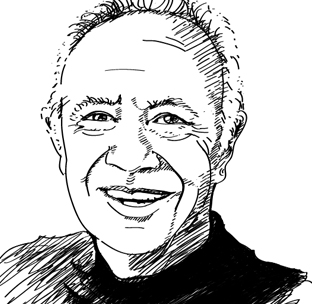
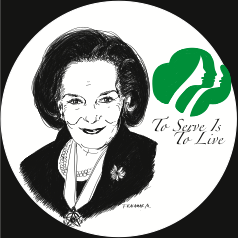 I will share with you three quick stories and postulate a mathematical definition for us to toast on France’s birthday.
I will share with you three quick stories and postulate a mathematical definition for us to toast on France’s birthday.